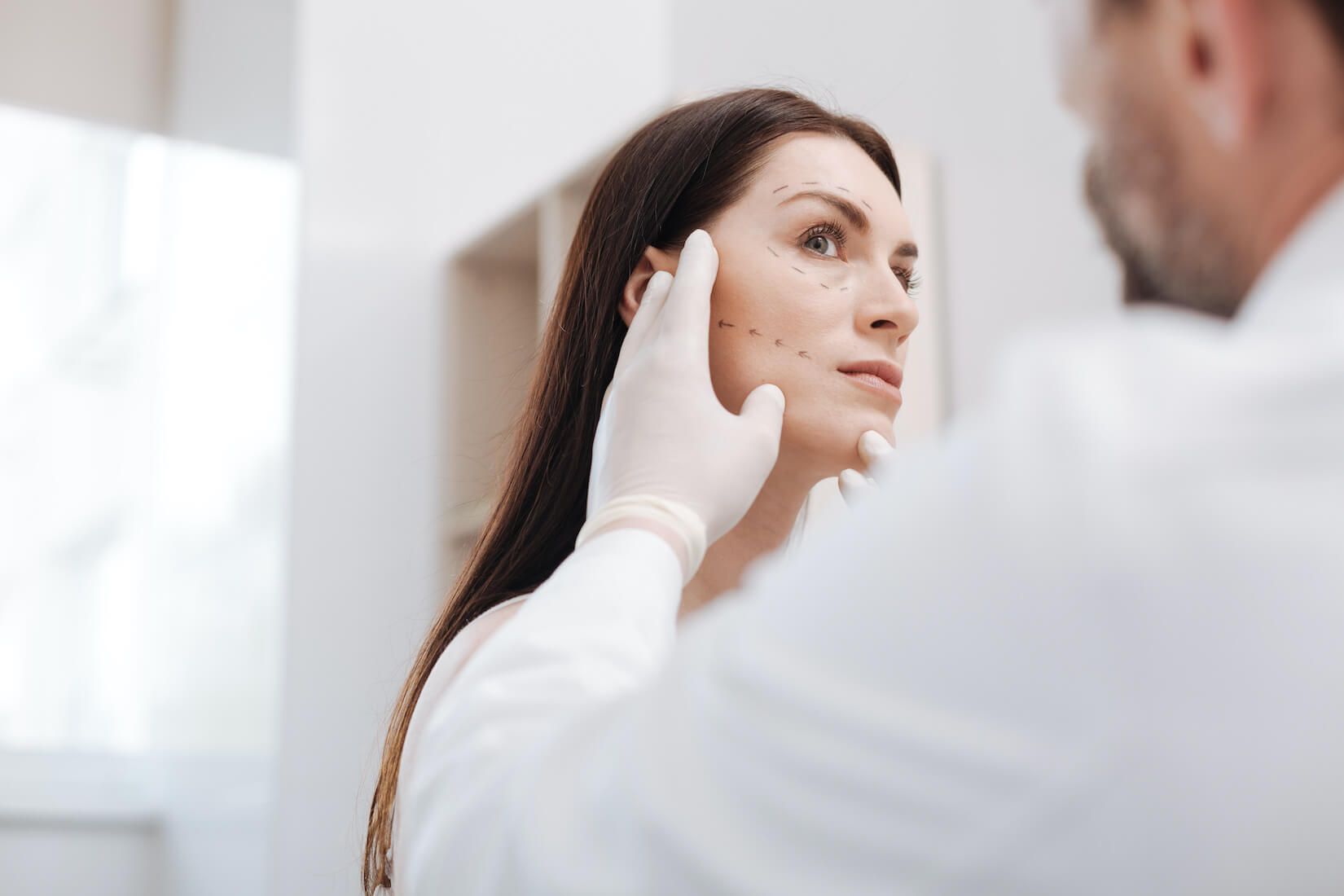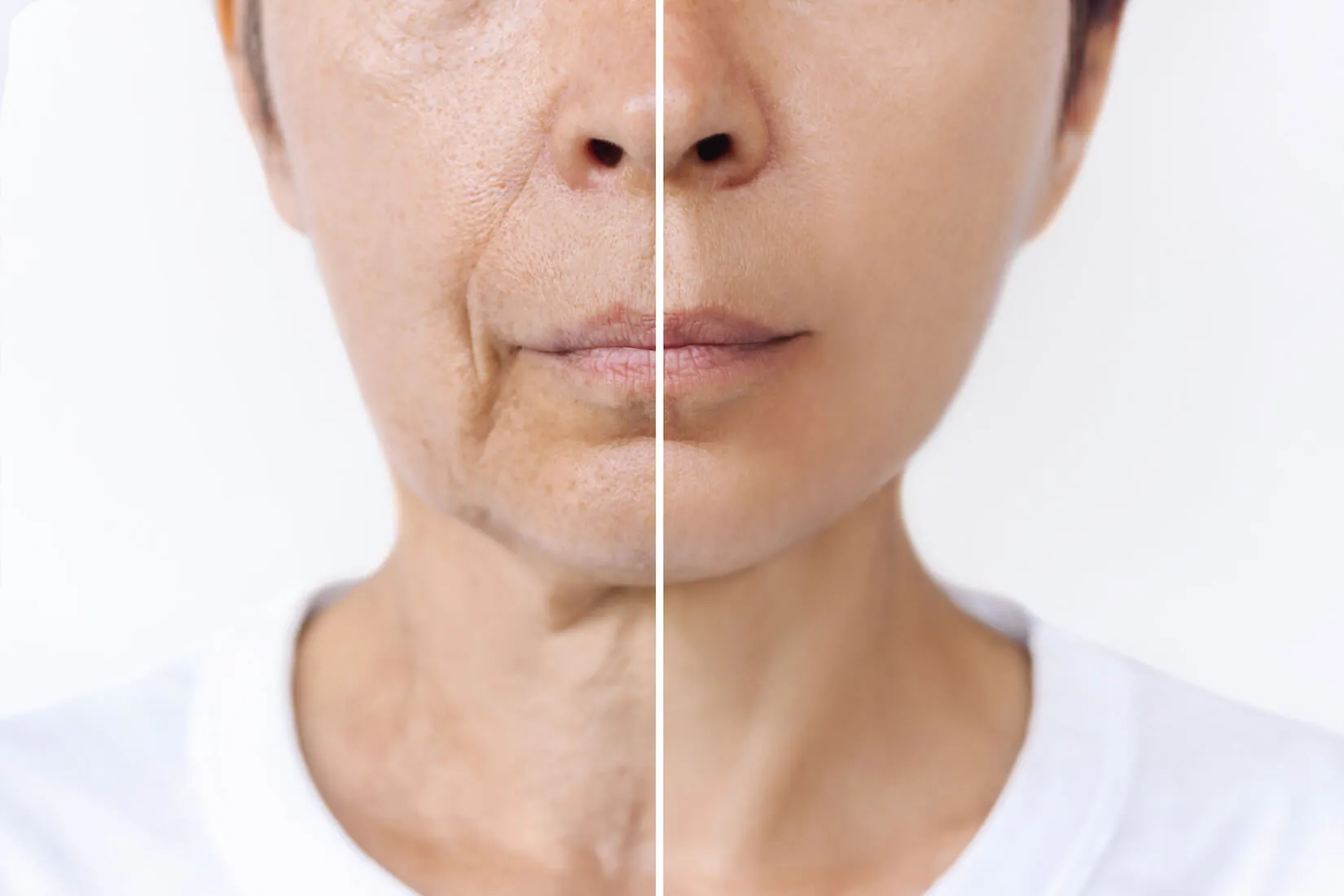A double chin, also known as submental fullness, is one of the most common aesthetic concerns for both men and women. And yet, it’s one of the most misunderstood. Despite popular belief, double chins aren’t always linked to excess weight. In many cases, it’s a frustrating combination of genetics, aging, and anatomical factors that contribute to a less-defined jawline.
If you’re someone who eats well, exercises regularly, and still battles with that stubborn pocket of fat beneath your chin, you’re far from alone. Fortunately, modern plastic surgery, such as neck lifts and non-surgical treatments, offer several effective solutions. Here’s everything you need to know about what causes a double chin and what you can do about it.
What Causes a Double Chin?
Genetics
For many people, a double chin is simply a matter of heredity. If your parents or grandparents had one, there’s a good chance you might develop one too, regardless of your body type or lifestyle. Genetically influenced fat distribution means that even thin individuals can develop submental fullness. And if you also inherit a weaker chin or jawbone structure, the area may appear even less defined.
Genetics can determine fat storage patterns, skin elasticity, and facial bone structure, all of which play a role in the appearance of a double chin.
Aging
As we age, skin loses elasticity and collagen production slows down. The muscles under the chin can weaken, and gravity takes its toll on fat distribution. The result? Loose, sagging skin and a softer jawline. Some people experience fat accumulation, while others simply notice the area looks less taut over time.
Even people who didn’t have a double chin in youth can develop one as skin ages and collagen declines.
Weight Gain
While not the only cause, excess body fat can definitely exacerbate a double chin. When weight gain occurs, fat often accumulates in various parts of the body — including the neck and face. However, for some people, losing weight doesn’t always fix the problem, especially when skin laxity or stubborn fat deposits are involved.
Weight gain can worsen a double chin, but diet and exercise alone may not resolve it completely.
Why Is It So Hard to Get Rid of a Double Chin Naturally?
Double chins are notoriously resistant to diet and exercise. You can’t target fat loss in one area of the body (aka “spot reduction”), and even significant weight loss may not yield noticeable changes in the submental region. In addition, loose skin or weakened muscles may still create the appearance of a double chin even if fat has been reduced.
Other challenges include:
- Skin that doesn’t retract after fat loss
- Poor posture, which weakens neck muscles
- Bone structure that naturally lacks definition
Because of these factors, many individuals turn to plastic surgery or aesthetic treatments to achieve a more sculpted, youthful neckline.
Top Cosmetic Solutions for Double Chin Reduction
1. Submental Liposuction
Submental liposuction is a targeted surgical procedure that removes excess fat under the chin using a small cannula. It’s ideal for patients with good skin elasticity who are bothered by stubborn fat rather than loose skin.
Benefits:
- Permanent fat removal
- Quick recovery (usually about 1 week)
- Immediate and noticeable results
Best for: Patients with excess fat but relatively firm skin.
2. Neck Lift or Lower Facelift
For those dealing with both fat and loose or sagging skin, a neck lift or lower facelift may be the best approach. These procedures remove excess skin, tighten underlying muscles, and lift the entire jawline area.
Benefits:
- Dramatic, long-lasting results
- Improves jowls and neck bands
- Often combined with chin liposuction for enhanced contour
Best for: Patients over 40 or those with skin laxity and muscle weakness.
3. Chin Implant
A weak or recessed chin can make a double chin appear worse than it actually is. By augmenting the chin with an implant, the face becomes more balanced, and the neck looks longer and more refined.
Benefits:
- Improves facial harmony
- Creates a stronger, more defined jawline
- Permanent results with minimal downtime
Best for: Patients with naturally weak chin structure contributing to poor jawline definition.
4. Non-Surgical Treatments (e.g., Kybella®, RF or Ultrasound)
For patients not ready for surgery, there are several non-invasive options:
- Kybella® is an injectable that dissolves fat cells under the chin over a series of treatments.
- Radiofrequency (RF) and ultrasound-based skin tightening devices melt fat, stimulate collagen production, and tighten skin gradually over time.
Benefits:
- No incisions or anesthesia required
- Minimal downtime
- Subtle, natural improvements
Best for: Mild to moderate submental fullness or those seeking a non-surgical approach.
What to Expect During and After Treatment
Surgical Options
Procedures like liposuction, neck lift, and chin implants are usually done under local or general anesthesia. Recovery can take anywhere from a few days to two weeks depending on the procedure. Bruising, swelling, and mild discomfort are common but manageable.
Patients should wear a compression garment, sleep with their head elevated, and avoid strenuous activities during recovery. Results improve as swelling subsides.
Non-Surgical Options
Kybella® and RF treatments typically require a series of appointments. There may be mild swelling, redness, or tenderness post-treatment, but these usually resolve quickly. Results appear gradually over weeks or months.
Choosing the Right Provider
No matter which treatment you choose, it’s crucial to work with a board-certified plastic surgeon who understands facial anatomy and has extensive experience in facial contouring. The chin and jawline are complex areas that require a trained eye to deliver natural-looking results.
In Denver, Dr. Manish Shah is known for his advanced approach to facial aesthetics. With specialized techniques like ultrasonic liposuction and chin implants, he helps patients achieve stunning results that harmonize with their natural features.
A Stronger Jawline Starts with the Right Solution
A double chin can affect more than just your appearance. It can impact your confidence, your profile in photos, and how you feel in everyday life. But whether it’s genetics, aging, or fat accumulation, you’re not stuck with it forever. From minimally invasive options to transformative surgery, modern treatments can help you achieve the sharp, defined jawline you’ve always wanted.
Want to find out which treatment is right for you? Schedule a consultation with Dr. Shah and discover how a customized approach can finally help you say goodbye to your double chin for good.






